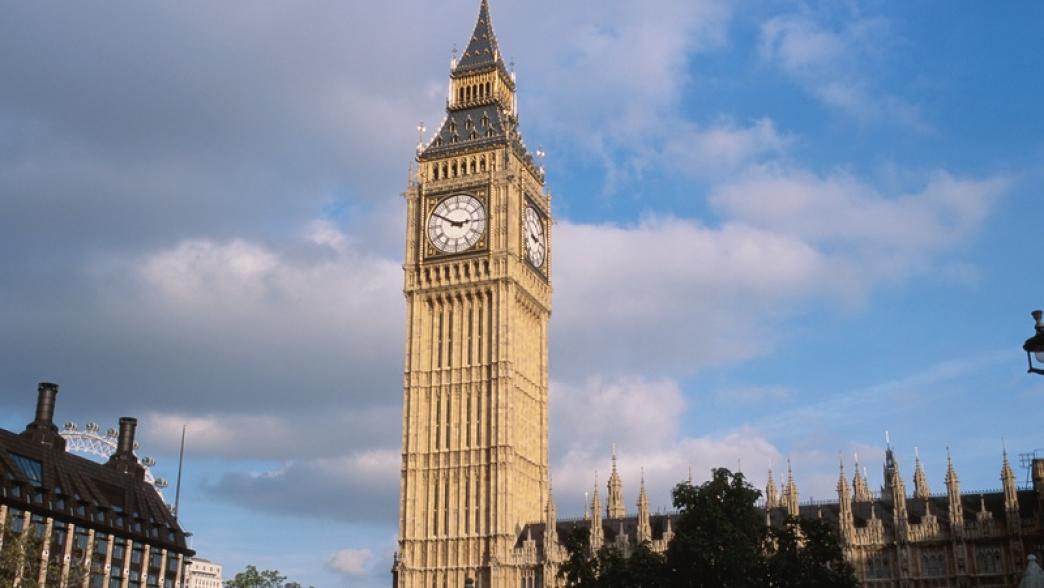
A hung parliament is a possible – if still unlikely – outcome of the election on Thursday. Akash Paun discusses* what would happen next. [This post was published on 6 June]*wildly speculates about
The recent and dramatic shift in the polls makes a hung Parliament a plausible, if still unlikely, outcome on Thursday. Westminster has little recent experience of inconclusive elections – just two since the war, in 1974 and 2010. A second hung parliament in seven years would make things interesting, but it would be no crisis.
The sky won’t fall in
A hung parliament might produce a period of uncertainty about the composition of the new administration. The UK is accustomed to a government being formed immediately, but the sky will not fall in if it takes a little longer for the situation to resolve itself. In 2010, it took five days before the handover from Gordon Brown to David Cameron.
The UK is very odd in its haste to form a new government within 24 hours of the polls closing. Fellow Westminster systems like Canada and Australia wait over a week before swearing in the Prime Minister, even when he or she has won a clear majority.
With Brexit talks due to start on 19 June, weeks of coalition negotiations – as in Germany, for example – would be unhelpful. But that is highly unlikely. If it takes a few days to clarify who is best placed to form a stable administration, then that time should be taken. And if the media can restrain itself from hyperbole about political or constitutional crisis, then all the better.
We have argued for greater clarity about the government formation process, but there are some established principles. So long as it is unclear who is to be Prime Minister, the existing government remains in office, subject to similar constraints as in the pre-election ‘purdah’ period. It is the duty of an outgoing prime minister to hold on until unequivocal advice can be given to the Queen about who should be the next guest for tea at the palace.
The rules of the game
In some countries – the Netherlands, for instance – there are formal rules determining who should make the first attempt to form a government. With up to a dozen parties vying for power, the Dutch have need of such rules. We do not.
Westminster has what the academics call an “unordered government formation process”. This means neither the largest party nor the incumbent has any special right to go first. Consequently, as in 2010, there could be parallel negotiations under way between different sets of parties, which the civil service could be called upon to support.
Negotiations could be to form a 2010-style coalition, but that appears unlikely this time round. None of the smaller parties are natural bedfellows of the Conservatives or Labour. And having watched the Liberal Democrat collapse of 2015, they are likely to prefer to keep their distance in any case.
An alternative would be a looser cooperation arrangement, in which smaller parties commit to support a minority government on key votes, as in the ‘confidence and supply’ deals found in New Zealand and Ireland. If the Conservatives are a handful of seats short of a majority, for example, they could look to entice the Democratic Unionist Party into such a deal.
Confidence is all that matters
Ultimately, who forms a government is determined by who is best placed to command the confidence of the House of Commons. This does not mean a prime minister needs a majority of MPs to vote actively in their favour, but only that a majority does not vote against them. If all the smaller parties were to abstain, the largest party could therefore form a minority government without doing a deal with anyone else. Minority government can be surprisingly effective and stable.
If the parliamentary arithmetic is particularly tight, then Theresa May would in theory be entitled to remain in office until Parliament meets to test her standing. In December 1923, Conservative Prime Minister Stanley Baldwin lost his majority but the Tories remained the largest party. Baldwin did not resign until six weeks later when Labour and Liberals combined to defeat his King’s Speech. Baldwin wanted to demonstrate that the Liberals had chosen to put a socialist in power.
The Cabinet Manual suggests that a government “should resign if it becomes clear that it is unlikely to be able to command that confidence and there is a clear alternative.” This is just guidance, however, with no binding force. Theresa May could therefore opt for the Baldwin gambit, for instance, to force Labour and the SNP to vote down her administration.
However, much would turn on political legitimacy as much as constitutional convention. The campaign has focused to a great extent on leadership and who the country wants as Prime Minister. But we do not have a presidential system – only the voters of Maidenhead and Islington North can actually vote for May or Corbyn respectively. This means there is no constitutional requirement that either of these two leaders heads the next government.
So, if the Conservatives were to lose their working majority on Thursday, the Prime Minister could potentially step (or be pushed) aside to allow an alternative Conservative prime minister to emerge, just as May replaced Cameron in 2016 without the need for an election. Likewise, Labour moderates might make yet another effort to elbow Corbyn aside and install one of their own in Downing Street. Again, all that matters is who has the numbers in the Commons.